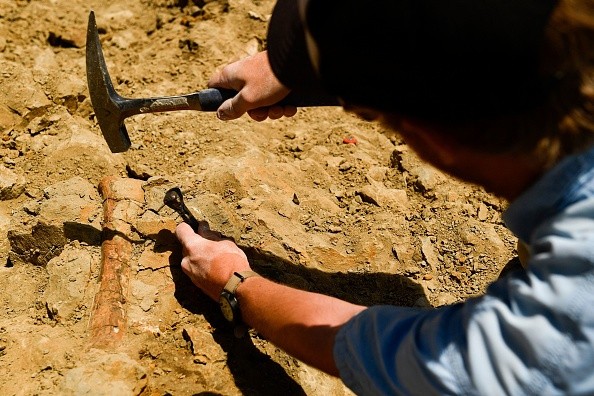At least 2 million years ago, Archaic people first arrived in Eurasia, but the chronology for the migration of anatomically modern humans outside of Africa is unknown. In any event, modern humans had reached northern Asia 40,000 years ago, displacing ancient tribes.

Recent Discoveries
Although some contemporary remnants from that period have been discovered, their cultural modifications remain a mystery. Now, an international team of archaeologists has published a paper in Nature describing indirect but persuasive evidence for Homo sapiens' presence at Xiamabei, a 40,000-year-old site in northern China near the Huliu River.
Furthermore, it appears that they established a distinct stone technology civilization that would not become well known until more than 10,000 years later.
The oldest finding of ocher processing in the region was made at Xiamabei, instead of ocher usage, which has been reported even among Neanderthals.
Fa-Gang Wang of China's Hebei Provincial Institute of Cultural Relics and Archaeology, Prof. Michael Petraglia of Germany's Max Planck Institute for the Science of Human History, and colleagues write finely wrought stone bladelets of a type not previously found in China, some of which bear traces of hafting.
Related Discovery
Separate discoveries of modern human bones dating from around 40,000 years ago at adjacent Tianyuan Cave and Zhoukoudian Cave provide more evidence. A contemporary skullcap, dated to approximately 34,000 years ago, was also discovered in Salkhit. These findings support the fact that the Xiamabei producers were sapiens.
The findings might theoretically be linked to other hominid types, such as late Denisovans or perhaps their relatives, the Neanderthals because no bones have been discovered in the vicinity of Xiamabei, the team concedes.
However, given the unique characteristics of the findings in the context of China, as well as the fact that modern human remains from the same era have been discovered in the vicinity, the authors believe that the dwellers of Xiamabei were Homo sapiens.
Homo Sapiens
It appears that Homo sapiens roamed outside of Africa early after evolution began, about 300,000 years ago. According to recent findings in Israel and Greece, early modern people were out of Africa and about by 200,000 years. According to genetic research, these early modern people met and formed friends with other human species outside of Africa. However, the early modern exiters died out, and the Neanderthals, Denisovans, and who knows who else ruled Eurasian roosts until a point in time.
In the sense that sapiens made it to Eurasia and lived, the successful escape occurred only 50,000 years ago, to give or take a few thousand years. Some speculate that sapiens had developed to a higher degree, giving it significant benefits over its similarly large-brained relative species.
Evidence
The research claims that three lines of evidence indicate advances that may have aided sapiens expansion and that they represented "spoor" of modern sapiens in Xiamabei 40,000 years ago: micro-blades and their hafting (at least in some cases), ocher processing, and a highly crafted bone tool.
For more prehistoric news, don't forget to follow Nature World News!
© 2025 NatureWorldNews.com All rights reserved. Do not reproduce without permission.





